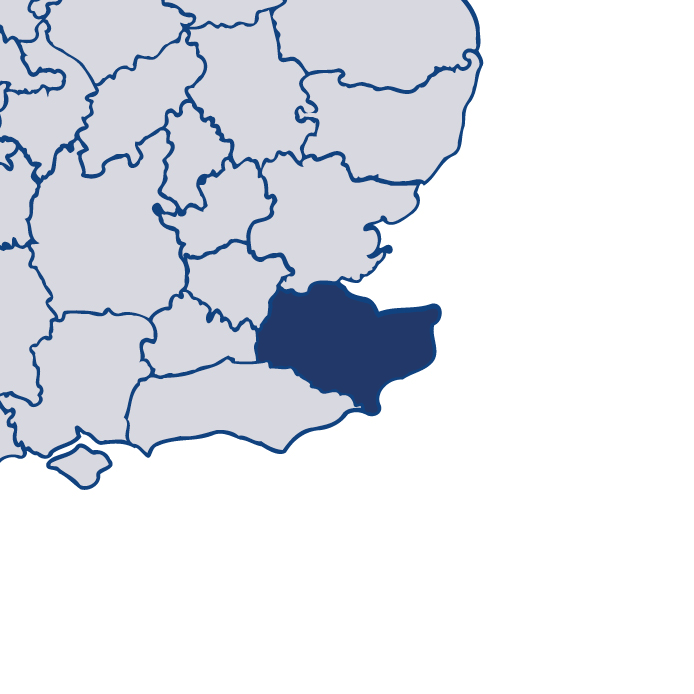Kent 2017
Read more about KentThis is HMICFRS’ fourth PEEL (police effectiveness, efficiency and legitimacy) assessment of Kent Police. PEEL is designed to give the public information about how their local police force is performing in several important areas, in a way that is comparable both across England and Wales, and year on year. The assessment is updated throughout the year with our inspection findings and reports.
The extent to which the force is effective at keeping people safe and reducing crime is good.
The extent to which the force is efficient at keeping people safe and reducing crime is good.
The extent to which the force is legitimate at keeping people safe and reducing crime is outstanding.

Zoë Billingham, Her Majesty’s Inspector of Constabulary
HMI's observations
Read my assessment of Kent Police below.
I congratulate Kent Police on its excellent performance in keeping people safe and reducing crime. The force is providing a good service to victims of crime and it continues to improve the way it reduces re-offending.
The force has made significant changes to its structure to enable it to sustain a good and improving service, in particular to vulnerable victims and witnesses.
It is working hard to ensure that all reports of crime are properly recorded in compliance with national standards.
It has an impressive understanding of its current and likely future demand, and makes good use of its resources to meet this demand.
The force continues to be outstanding in how it treats members of the public, and in treating its workforce with fairness and respect. I am impressed that it is still looking for ways to improve in this area.
I commend Kent Police for another strong performance this year and am confident that it is well equipped for this to continue in the future.
Effectiveness
How effective is the force at keeping people safe and reducing crime?
Efficiency
How efficient is the force at keeping people safe and reducing crime?
Legitimacy
How legitimate is the force at keeping people safe and reducing crime?
Other inspections
How well has the force performed in our other inspections?
In addition to the three core PEEL pillars, HMICFRS carries out inspections of a wide range of policing activity throughout the year. Some of these are conducted alongside the PEEL inspections; others are joint inspections.
Findings from these inspections are published separately to the main PEEL reports, but are taken into account when producing the rounded assessment of each force's performance.





